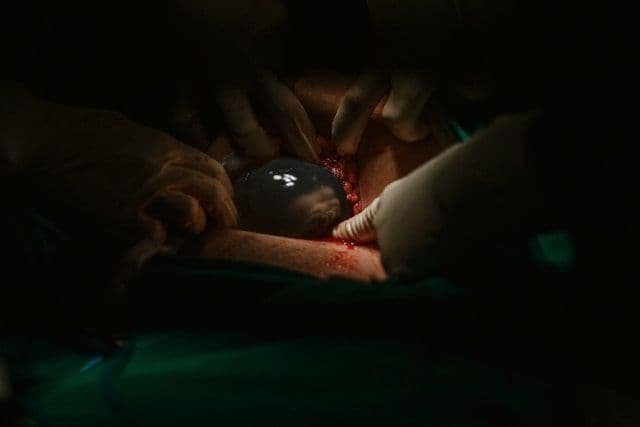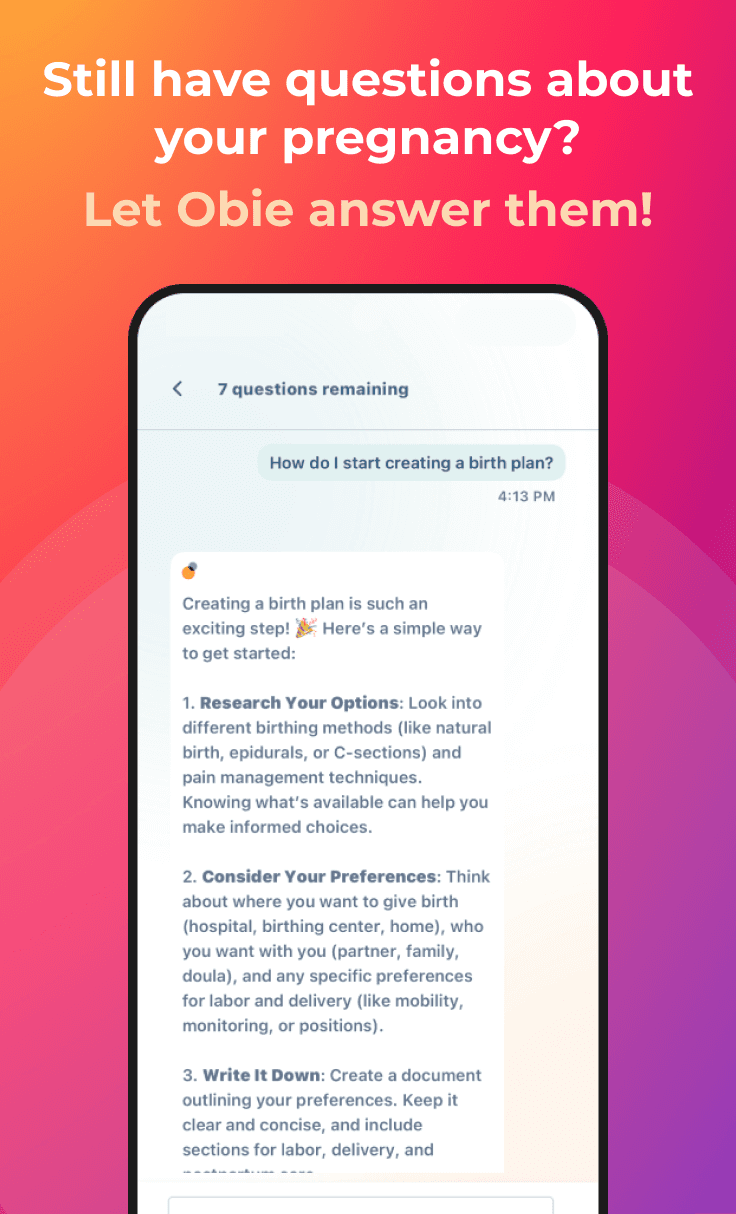Treatments Options for Ectopic Pregnancy
Ectopic Pregnancy
Obie Editorial Team

Are you or someone you know affected by an ectopic pregnancy? Let's talk about the two primary treatments available:
- Salpingotomy: This procedure removes the implanted tissue but preserves the fallopian tube.
- Salpingectomy: Both the tube and the implanted tissue are removed.
The study spearheaded by Yalcinkaya is comprehensive. Imagine an open-label, multicentre, randomized controlled trial that strives to provide insights applicable to a wide-reaching population. The cohort comprised 446 women, aged 18 or older, each diagnosed with a tubal pregnancy verified by a laparoscopic checkup and with an unaffected fallopian tube. These women were randomly divided into two groups for surgical treatment:
- Salpingotomy: 215
- Salpingectomy: 231
Keep in mind, during surgery, some adjustments may be necessary. For example, 43 participants initially assigned to salpingotomy had to switch to salpingectomy due to bleeding issues post-surgery. This fluidity ensures the best medical outcomes.
The primary focus here was on natural conception within 36 months post-treatment, with additional observations on repeated occurrences of ectopic pregnancy and pregnancies achieved through assisted reproductive technologies (ART). The study's span from 2004 to 2013 offered robust data paired with findings from a similar study, adding strength and reliability to these insights.
Here’s what the Yalcinkaya study found:
Outcomes for Salpingotomy:
- 8% experienced another ectopic pregnancy in the salpingotomy group.
- 61% achieved pregnancy via natural conception.
Outcomes for Salpingectomy:
- 5% experienced another ectopic pregnancy in the salpingectomy group.
- 56% achieved pregnancy naturally.
Decoding these results, Dr. Yalcinkaya emphasizes that while preserving the fallopian tube (salpingotomy) may seem beneficial, it doesn't dramatically boost chances for future non-ectopic pregnancies. In contrast, salpingectomy offers a more straightforward, less invasive option that cuts down the risk of future ectopic pregnancies.
Understanding these options puts the power back in your hands. Whether you are considering salpingotomy or salpingectomy, knowing these outcomes helps in making informed decisions tailored to your personal health goals.
For more detailed insights, check out: Yalcinkaya, Tamer M, MD, et al. “Salpingotomy versus salpingectomy in women with tubal pregnancy (ESEP study): an open-label, multicentre, randomised controlled trial (abstract).” The Lancet. Published for your empowerment by Elsevier Limited.
Remember, knowledge is your ally on this journey. You've got the tools—now let's put them to work to support your health and fertility!









